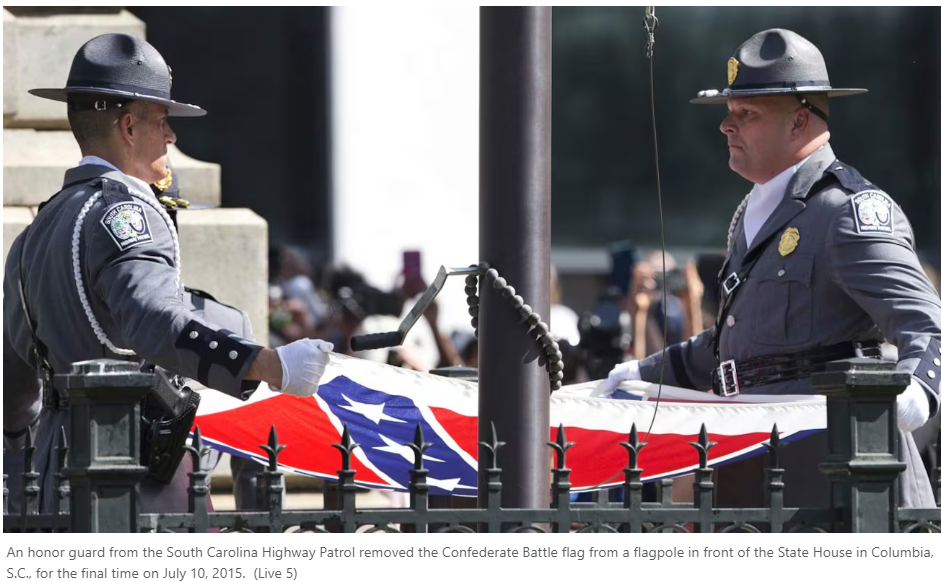The American Civil War of 1861 to 1865 haunts the United States to this day. Canadians also have an enduring fascination with the conflict that set state against state, community against community, family against family and killed around 750,000 Americans in the North and South. But Canadians at the time were more than mere spectators: The war threatened British North America, pushing the weak Canadian colonies together for protection to withstand the annexationist dreams of many in war-inflamed Washington.
The United States was Canada’s traditional enemy, with much bad blood spilled between the two peoples during the Seven Years War (1756-1763), the 1775 American invasion and when the at first bumbling and then increasingly professional American naval and ground forces nearly carried the country during the War of 1812. The peace that followed was an uneasy one with many conflicts and trials, especially as the Americans embraced their sense of Manifest Destiny – to envelop all of North America into the United States. John Boyko, an historian and administrator at Lakefield College School and author of several books, reminds us that the Americans were bad neighbours. And Canadians viewed them with a careful eye, especially when war between the states erupted in 1861.

Title: Blood and Daring
How Canada Fought the American Civil War and Forged a Nation
Author: John Boyko
Genre: history
Publisher: Knopf Canada
Pages 362
Price $35
The anodyne title of Boyko’s new book, Blood and Daring, strikes no chord, but the subtitle is more accurate. While Canada desperately tried to stay clear of the costly entanglements of war to the south, tens of thousands of Canadians were drawn to the fighting.
Building on the research of other scholars, Boyko pegs the number at roughly 40,000 Canadians who fought in the war, although he is less clear on why some Canadians would have supported the South. Was it the sense of romance, the war against “northern aggression,” or sympathy for slavery? In a foretaste of a more unpopular war a little over a hundred years later, there were also an estimated 12,000 American draft dodgers who came north to escape conscription after 1862.
While Boyko’s focus is on a limited number of historical actors, his fluid prose carries the story forward. This is Boyko’s strength, and the result is a compelling narrative of the civil war conflict, and the constant endeavours on the part of Canadians, especially Globe editor George Brown and the indefatigable John A. Macdonald, to pacify the Americans, draw together the squabbling colonial governments toward Confederation and ensure that Britain’s sometimes antagonistic actions toward the North did not lead to a full-scale invasion. War hawks in president Abraham Lincoln’s cabinet were set to march on Canada throughout the war.
Relations between Canada and the North were not helped by the open gloating of many Canadians and their newspapers over the fast-collapsing republican experiment to the south. But far more damaging was the harbouring of Confederate terrorists who set up home in various Canadian cities, especially Montreal and Toronto, and then launched cross-border raids.
There were calls throughout the North for American troops to cross the border in retaliatory expeditions and to abrogate trade treaties. Canada barely stood the pressure. While the story here is firmly set in the past, one cannot help but draw parallels to terrorist and border threats in the early 21st century.
Even after the cessation of hostilities in 1865, the threat continued, with Irish-American Fenians storming into Canada in the ludicrous dream of capturing it and holding it ransom so that Britain would be forced to set Ireland free.The raids were enough to topple an anti-Confederation government in New Brunswick and eventually led to that colony entering into Confederation with Nova Scotia, Canada East and Canada West, on July 1, 1867.
Blood and Daring is a fast-paced read, and Boyko skillfully weaves together the complex and conflict-filled Canadian, British and American wartime policy, with John A. Macdonald emerging as the nation-building hero that he was, fending off American threats of annexation and holding off weak-willed British politicians who sought to cut Canada loose. That Canada survived was probably against the odds, but this nation has a habit of doing that.
Tim Cook is the author of six books, including Warlords: Borden, Mackenzie King, and Canada’s World Wars.


